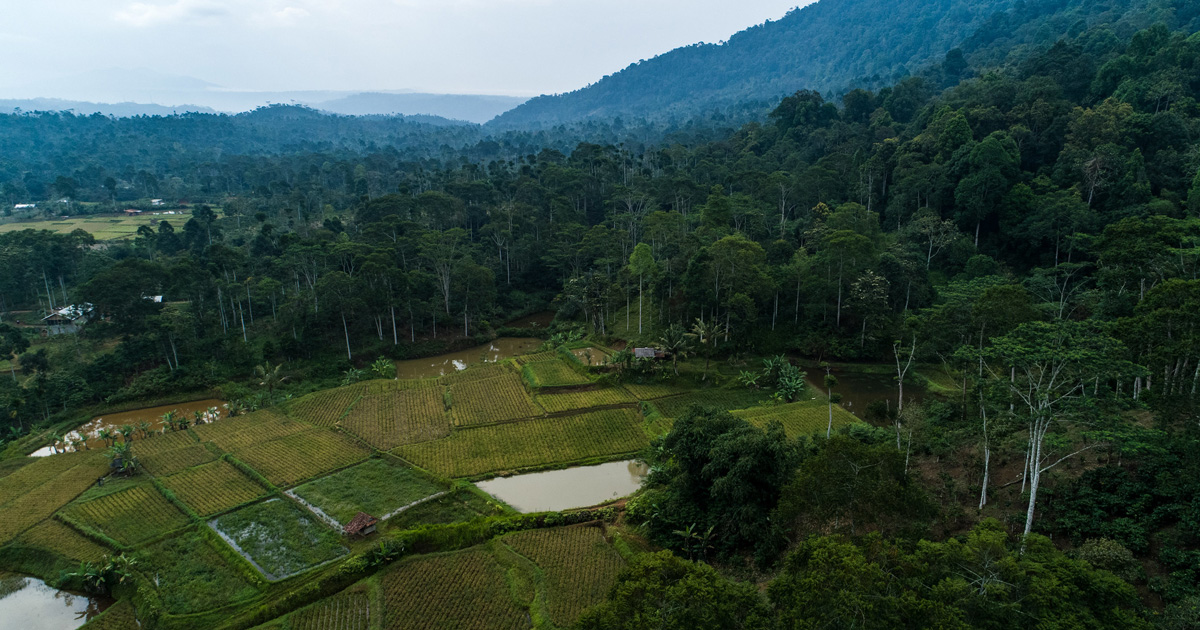Publication year
2001
Authors
Sayer, J.A.; Chokkalingam, U.; Poulsen, J.
Language
English
Keywords
afforestation, forest management, forest plantations, biodiversity, ecosystems, social benefits, rural communities, development plans, ecological restoration





















